One of the long-term effects of the Covid-19 pandemic is the way it has transformed office use, threatening the viability of storefront retail in downtown office buildings. Owners of such commercial properties are now often exploring converting vacant retail space into restaurants and other experiential venues. But the range of alternative options needs to be expanded – and small-scale manufacturing offers a proven, yet often overlooked, solution.
The need for alternative options is apparent from the scale of the problem. In the last quarter of 2023, the national office vacancy rate hit a record-breaking 19.6%, per Moody’s Analytics. The impact on storefront retail is so great that a recent analysis by the Downtown San Francisco Partnership found that vacant retail space totaled about a third of all ground-floor commercial space in the 43 square blocks that contain the traditional financial district.
Restaurants cannot possibly fill that void in San Francisco or the corresponding gaps in other cities. Neither can fitness centers, climbing walls, exhibition spaces, and other activity centers that are typically lumped into the category of “other experiential venues.”
That’s why exploring small-scale manufacturing is as inescapable as it is overlooked. It’s also a dynamic option that can both fill vacant space and create compelling new destinations.
Small-scale manufacturing – from hardware to handbags to hot sauce – creates products that are sold online as well as in person. This means that storefront settings of small-scale manufacturers have more than one source of revenue, so they are not solely dependent on foot traffic. That provides an enormous advantage in settings where foot traffic has declined. These businesses sell retail, wholesale or as part of supply chains. They sell locally, nationally and beyond – bringing dollars into the community.
They also attract people to come see products being made, creating new destinations and even increasing foot traffic. Businesses like craft breweries, specialty food stores, and apparel and accessory makers are all becoming gathering places through their “cool-factor” and programming.
Property owners can even assemble related small-scale manufacturers to create new districts that attract tourists as well as local residents. This can increase foot traffic even further.
The challenge is that small-product businesses typically cannot afford the rents of the departed stores. That makes these businesses less attractive to property owners, who may not want to reduce lease rates even in the face of widespread storefront vacancies.
But the scale of storefront vacancies, and their likely permanence, is so potentially catalytic that new solutions and investments need to be put on the table. Property owners will inevitably have to look beyond the traditional options.
That’s where creative property owners can become the ultimate winners. The property owners who explore the potential of small-scale manufacturing earliest will have the best choices. Early investment and recruitment will give them the greatest potential for building new destination areas and rebuilding the brand of their property.
While some manufacturers might be based elsewhere and expand to new locations, small-scale manufacturers are typically grown locally. That makes them easier to find — and it also makes them distinctive, often reflecting local culture and heritage.
Property owners can work with their elected and appointed officials, their local chambers of commerce and small business support networks to identify potential small-scale manufacturers. They can also look for them at commercial kitchens, co-working spaces and farmers’ markets.
The question they need to answer is: What local businesses make products that can be sold both in person and online and would be an asset to the ground floor of an office building?
They can then seek to attract those businesses by offering appealing lease terms. Those initial rents may rise over time, if the manufacturers’ online and in-person sales grow. City leaders can and should get involved, revitalizing their city’s cores by providing subsidies to help the small product businesses move into these storefronts.
Small-scale manufacturing can be the solution that not only fills vacant storefronts but adds new vitality and cachet to office properties that may otherwise be challenged. It’s a win-win opportunity in a difficult economic moment: Real estate owners can enhance their own properties while adding new downtown destinations and expanding local business opportunities.

Ilana Preuss is Founder and CEO of Recast City and author of Recast Your City: How to Save Your Downtown with Small-Scale Manufacturing (Island Press, 2021).

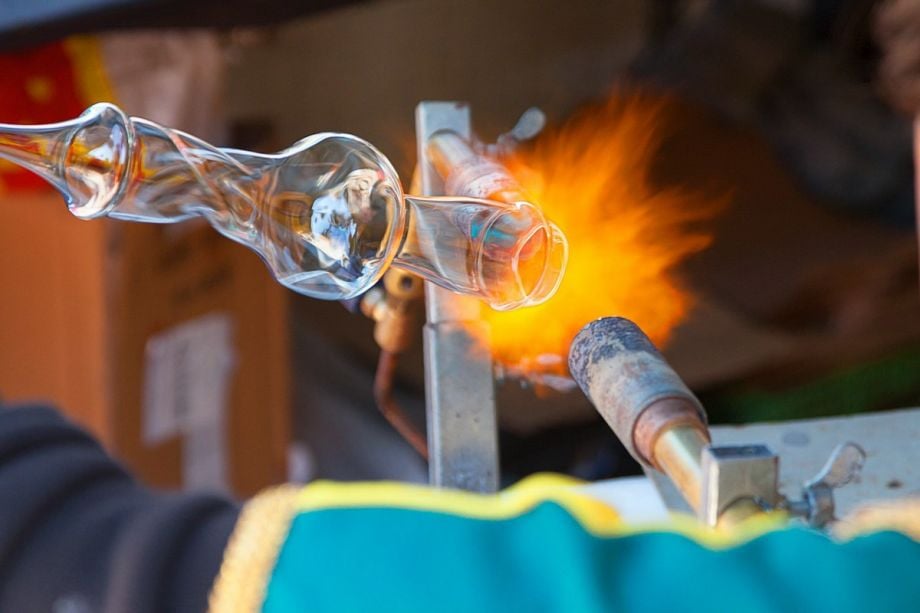
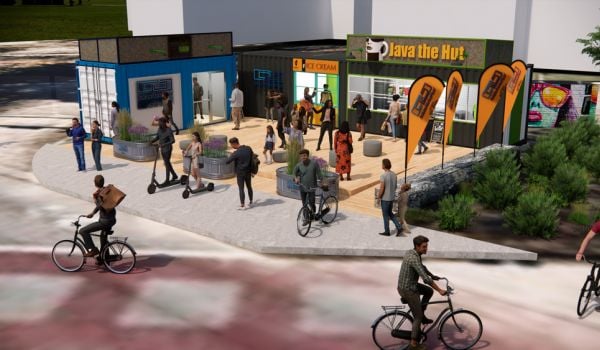
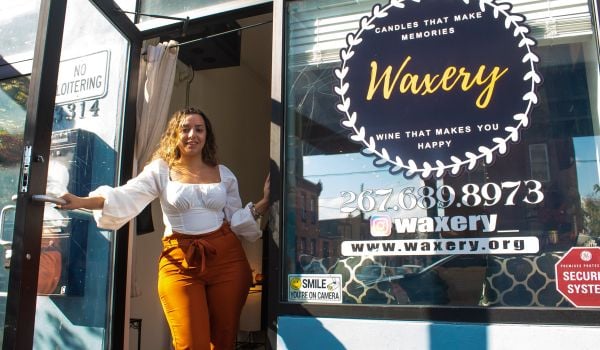

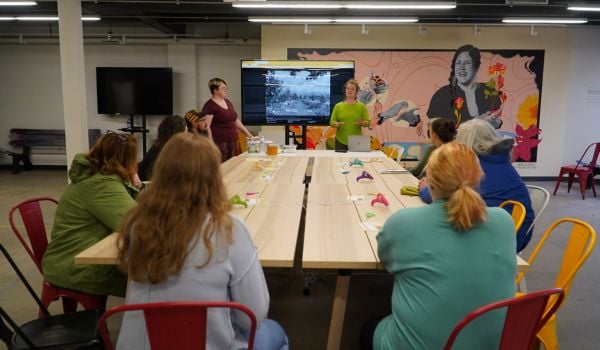
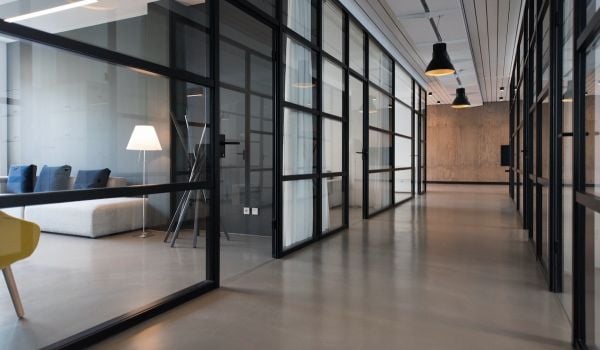

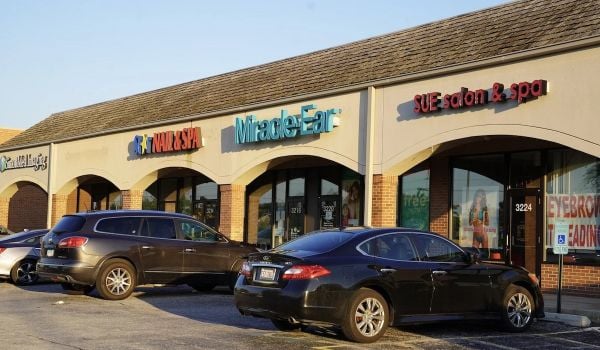
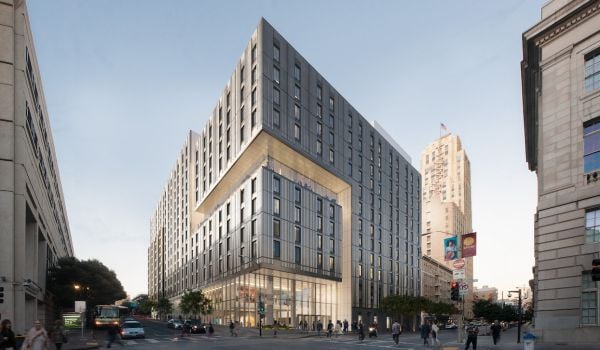







Add to the Discussion
Next City sustaining members can comment on our stories. Keep the discussion going! Join our community of engaged members by donating today.
Already a sustaining member? Login here.